The handheld gaming market is heating up in a way we haven’t seen since the original Game Boy. Nintendo has launched its Switch 2, while PC makers push out handhelds like the ASUS ROG Ally X, MSI Claw 8 AI+, Lenovo Legion Go, and Valve’s Steam Deck OLED.
As someone who owns both categories, the difference between them is massive. Let’s break it down across the key areas that matter most: power, portability, battery life, pricing, and freedom.
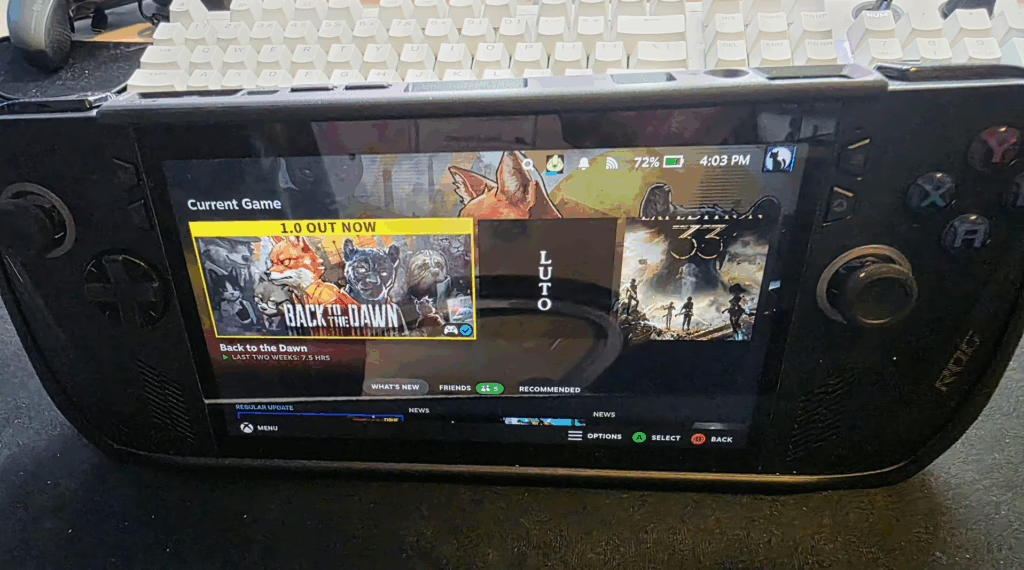
Portability: Slim Console vs Mini-PC Powerhouse
The Switch 2 is slim and lightweight, coming in just over half a kilogram with controllers attached. It’s slightly larger than the original Switch, but still comfortable to carry around daily.
Windows handhelds, on the other hand, are heavier and bulkier.
- ROG Ally X: ~678 g
- MSI Claw 8 AI+: ~789 g
- Lenovo Legion Go: ~854 g
These devices have larger grips, bigger batteries, and active cooling systems. That makes them feel more like mini PCs in your hands than casual handheld consoles.
Verdict: The Switch 2 wins on portability. Windows handhelds are still “portable,” but best carried in a case or backpack slot. I bring my ROG ALLY X everywhere I go strictly because it has such a vast library across multiple platforms so the Mobile PC markets value cannot be understated.
Battery Life: Efficiency vs Power
The Switch 2 delivers between 2 and 6.5 hours of runtime, depending on the game and brightness. This is enough for a few extended sessions, but a step down from the endurance of the original Switch lineup.
The ROG Ally X doubled the battery capacity compared to the first Ally. You can expect:
- 2–3 hours with big AAA titles at max performance.
- 7–8 hours with emulated or older games at low settings and brightness.
The MSI Claw and Legion Go fall in the middle, typically offering between 2.5 and 6 hours depending on performance mode and resolution.
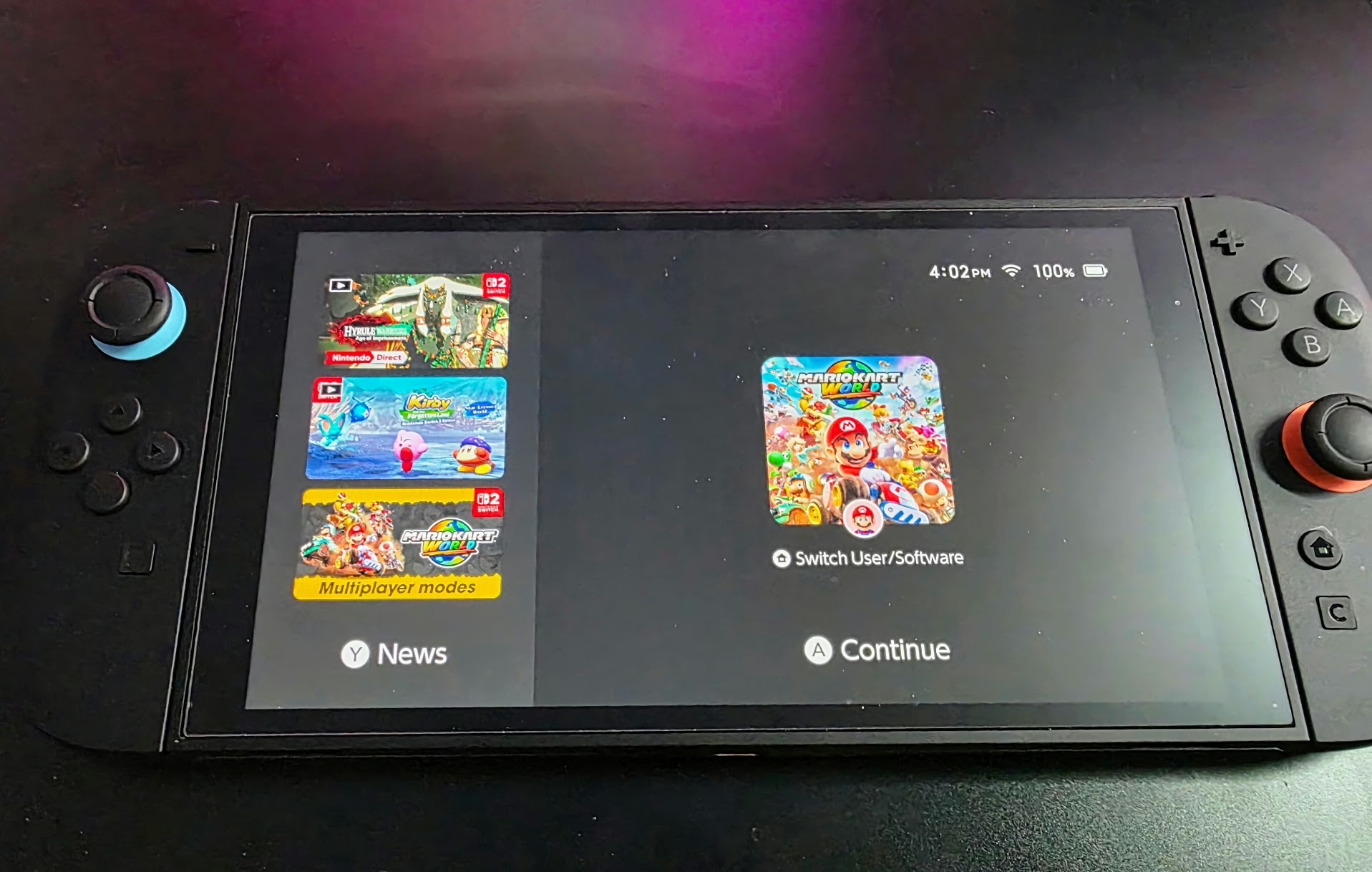
Verdict: Both categories live in the same ballpark, but the difference is in power per watt: the Switch 2 is efficient but underpowered, while PC handhelds burn more energy to deliver true AAA experiences. They both shine in their own right – but again, the freedom of PC is vastly superior at this time. Nothing can beat Nintendo exclusives, however, and they continue to be a massive draw for gamers like me. Donkey Kong on Switch 2 is a masterpiece and a system seller.
Power and Performance
The Switch 2 is roughly on par with PS4-level hardware. That means solid performance in first-party titles but limitations in scaling AAA third-party games.
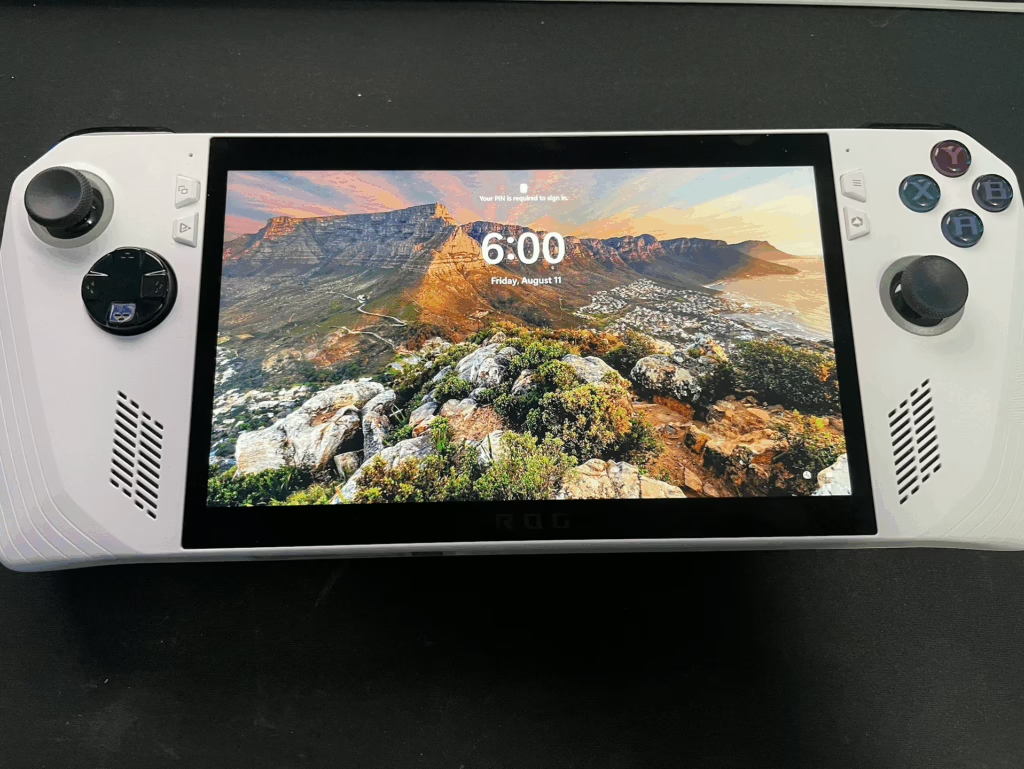
Windows handhelds are powered by AMD Ryzen Z1 Extreme APUs or Intel Core Ultra chips, capable of running modern AAA titles natively. They also support adjustable performance modes, letting you fine-tune for battery savings or maximum power.
Verdict: The Switch 2 is a hybrid console that prioritizes accessibility, while Windows handhelds are full-fledged PCs shrunk into handheld form. We cannot wait to see the refinements of the Windows platform with the new XBOX ROG Ally models. Bazzite is also incredibly fun to use and brings some amazing functions to the mobile gaming world.
Game Pricing: Steam Sales vs Nintendo Premium
Nintendo titles almost never drop in price. Even years later, Breath of the Wild is still $60, while newer titles like Tears of the Kingdom launch at $70 and stay there.
PC storefronts are the opposite. Steam Sales and bundle deals make it possible to grab major titles for a fraction of the cost. Cyberpunk 2077, for instance, is often under $20 on PC while Nintendo demands full price for the same game on Switch.
Verdict: Windows handhelds win easily for long-term value, library size, and affordability long term.
Freedom: PC Mode, Emulation, and Beyond
Windows handhelds are essentially PCs. You can install alternate operating systems like Bazzite OS, run mods, customize settings, and even emulate older consoles. Emulation is a massive draw for enthusiasts, and community support continues to grow.
The Switch 2 is locked into Nintendo’s ecosystem. You get a streamlined experience with incredible first-party exclusives, but no flexibility outside of what Nintendo allows.
Verdict: If you value freedom, PC handhelds are unmatched.
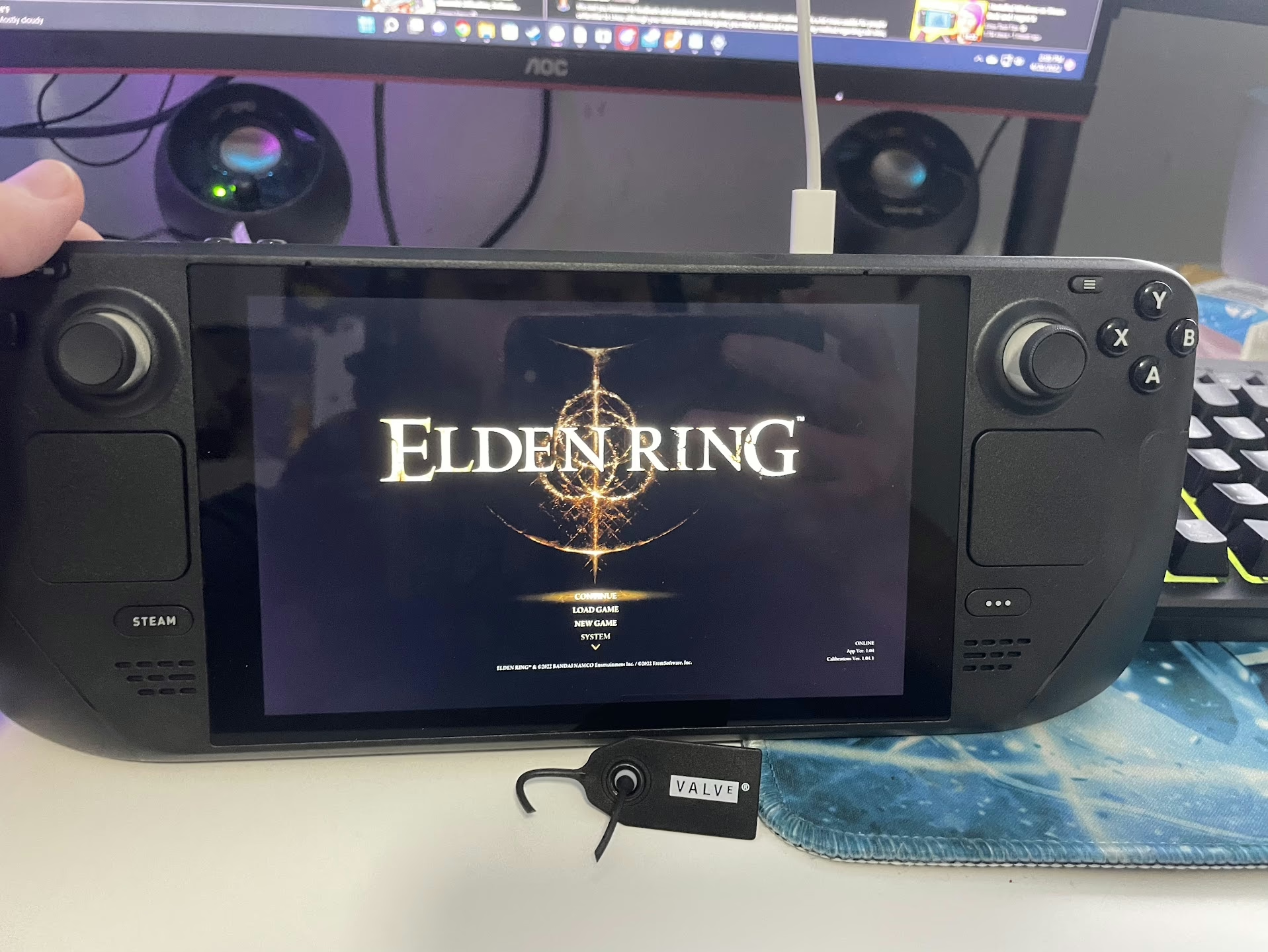
Screens, VRR, and Speakers
The Switch 2 features a larger and brighter display than the original, with HDR support and higher refresh. But Windows handhelds offer OLED or high-refresh IPS panels, often with VRR for smoother play. Their speakers are typically louder and fuller as well.
The Steam Deck OLED in particular remains one of the best-looking handheld displays on the market, and continues to sell strongly thanks to its balance of affordability and performance.
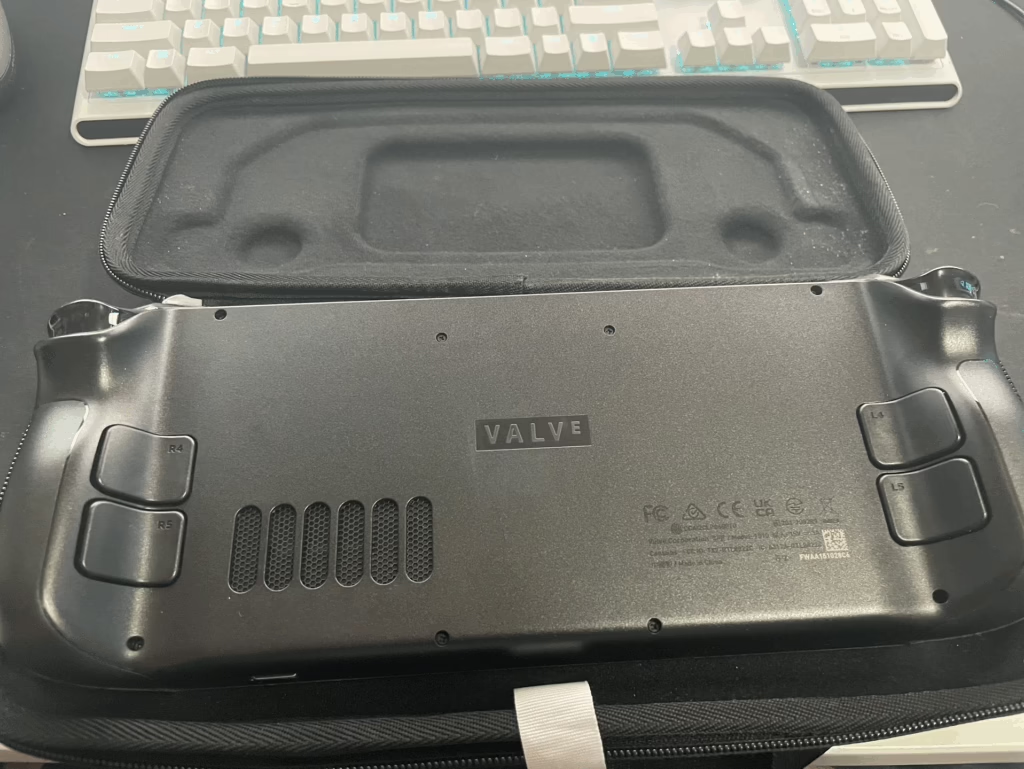
Community and Ecosystem
The Steam Deck proved there’s a huge market for handheld PCs, and its OLED revision shows just how polished the experience can be.
Windows handhelds still suffer from the drawbacks of running Windows on small screens—clunky UI, background updates, and occasional driver headaches. That’s why Microsoft’s new focus on handhelds and Xbox integration is exciting. A dedicated “gaming mode” could finally bring Windows handhelds closer to SteamOS’s polish.
Summary Table
| Device | Weight | Battery Life | Performance | Pricing & Flexibility |
|---|---|---|---|---|
| Nintendo Switch 2 | ~534 g | ~2–6.5 hrs | PS4-level | Expensive exclusives, no sales |
| ROG Ally X | ~678 g | ~3–7 hrs | AAA PC gaming | Steam sales, mods, full flexibility |
| MSI Claw 8 AI+ | ~789 g | ~2.5–6 hrs | PC-class power | Windows quirks, PC freedom |
| Lenovo Legion Go | ~854 g | ~2–5 hrs | Large-screen PC | Heavy but versatile |
| Steam Deck OLED | ~640 g | ~3–8 hrs | Balanced PC power | Great display, Linux polish |
Final BTR Takeaway
- Switch 2: Best for casual portability and Nintendo exclusives. Its hardware is modest, but its software library guarantees strong sales.
- Windows Handhelds: Best for power users and enthusiasts. They deliver AAA gaming, emulation, mods, and cheaper libraries through Steam and PC storefronts.
Owning both reveals the real difference: the Switch 2 feels like a console you can carry around, while something like the ROG Ally X feels like a PC condensed into your hands. Bazzite OS/Steam OS is also a huge game changer, and its effects are real. Microsoft has taken note, and its upcoming enhancements should further shake up the market. Once I installed Bazzite on my Rog Ally X, it became a much better experience, and it’s often unbeatable in its optimization, and when you pair it with my decades-long Steam library, it just wins. So what do I put in my backpack? The ROG ALLY X 90% of the time, until a Nintendo Exclusive drops – of course.
If you want convenience and exclusives, Nintendo has you covered. If you want freedom, power, and value, handheld PCs are the future. Happy Gaming!